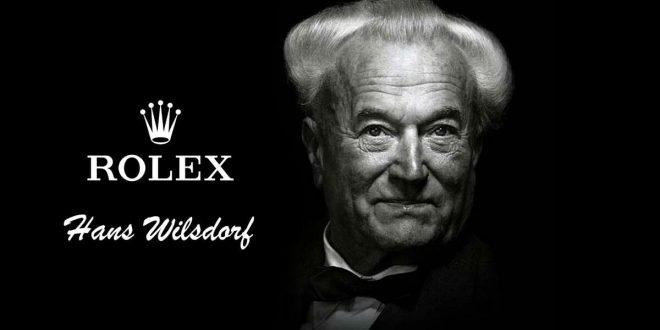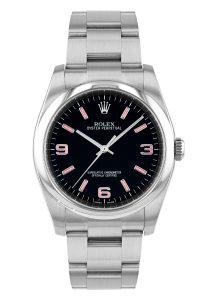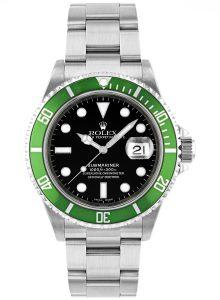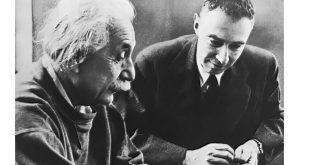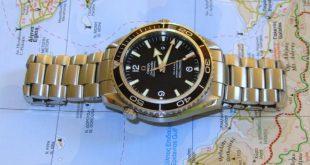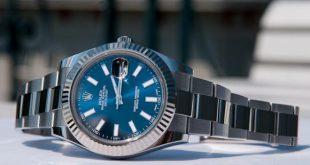In the fascinating world of watchmaking, one name stands out from the tick and tock – Hans Wilsdorf, the master behind the cult brand Rolex. Born in Kulmbach, Germany, in 1881, Wilsdorf experienced a veritable revolution on his way through the complicated gears of the watch industry. His keen business acumen, passion for precision and relentless pursuit of innovation made Rolex a symbol of timeless luxury and sophistication.
Early ventures and the birth of a legend
Wilsdorf’s adventure with time began in his early twenties, when he came to London and plunged headlong into the watch industry. His odyssey in the watch industry began with the founding of Wilsdorf & Davis in 1905. However, the official registration of Rolex in 1908 was the real birth of an iconic brand.
The name “Rolex” itself reflects Wilsdorf’s grand vision. Short, globally pronounceable and unforgettable, it was not just a brand, but a statement that would transcend cultural boundaries.
The unleashing of innovation
Wilsdorf’s unwavering commitment to unparalleled precision and his innate flair for innovation defined the essence of Rolex and helped the brand achieve extraordinary success in the watchmaking world. It was this relentless pursuit of excellence that paved the way for a pivotal moment in Rolex’s history. In 1910, Wilsdorf’s efforts culminated in Rolex receiving the coveted Swiss Certificate of Chronometric Precision, an award traditionally reserved for the finest marine chronometers of the time.
This award was not just a certification, it marked a paradigm shift in the perception of wristwatches. The awarding of the Swiss Certificate of Chronometric Precision to Rolex in 1910 was nothing less than a declaration – a proclamation that a wristwatch could rival and even surpass the precision and accuracy of its larger maritime counterparts. Wilsdorf’s vision had made Rolex not just a timepiece, but a marvel of watchmaking, an instrument that could compete with the most prestigious timepieces of its day. This achievement underscored Rolex’s commitment to pushing the boundaries of watchmaking and set a new standard of precision that would endure throughout the brand’s history.
The Oyster case and the dance of time
Wilsdorf’s quest to push boundaries reached its zenith with the introduction of the Oyster case in 1926. The world’s first waterproof and dustproof watch case was not just a timepiece, but a triumph over the elements. The swimming of the English Channel in 1927 by Mercedes Gleitze wearing an Oyster was living proof of this.
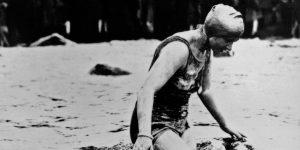
Not content to rest on his laurels, Wilsdorf turned his attention to the heart of the watch – its movement. In 1931, the Perpetual rotor was introduced, a self-winding marvel that made tedious winding superfluous. This was not just an innovation, but a revolution in terms of comfort and reliability.
Shaping moments: The lasting legacy of Hans Wilsdorf and Rolex
Hans Wilsdorf’s mark on the art of watchmaking is a living history of foresight, innovation and a relentless pursuit of excellence. Under his leadership, Rolex became a symbol of precision, durability and timeless elegance. Today, the Rolex brand is not just a timepiece, but a story that reflects the enduring legacy of a man who redefined how the world measures and appreciates time.
 Uhrinstinkt Magazine
Uhrinstinkt Magazine
